A Journey to Red Bull Racing and through the racing heart of TAG Heuer
Time for your weekly dosage of fuel-infused news... Coffee cup and feet up, the Petrolhead Corner is live!
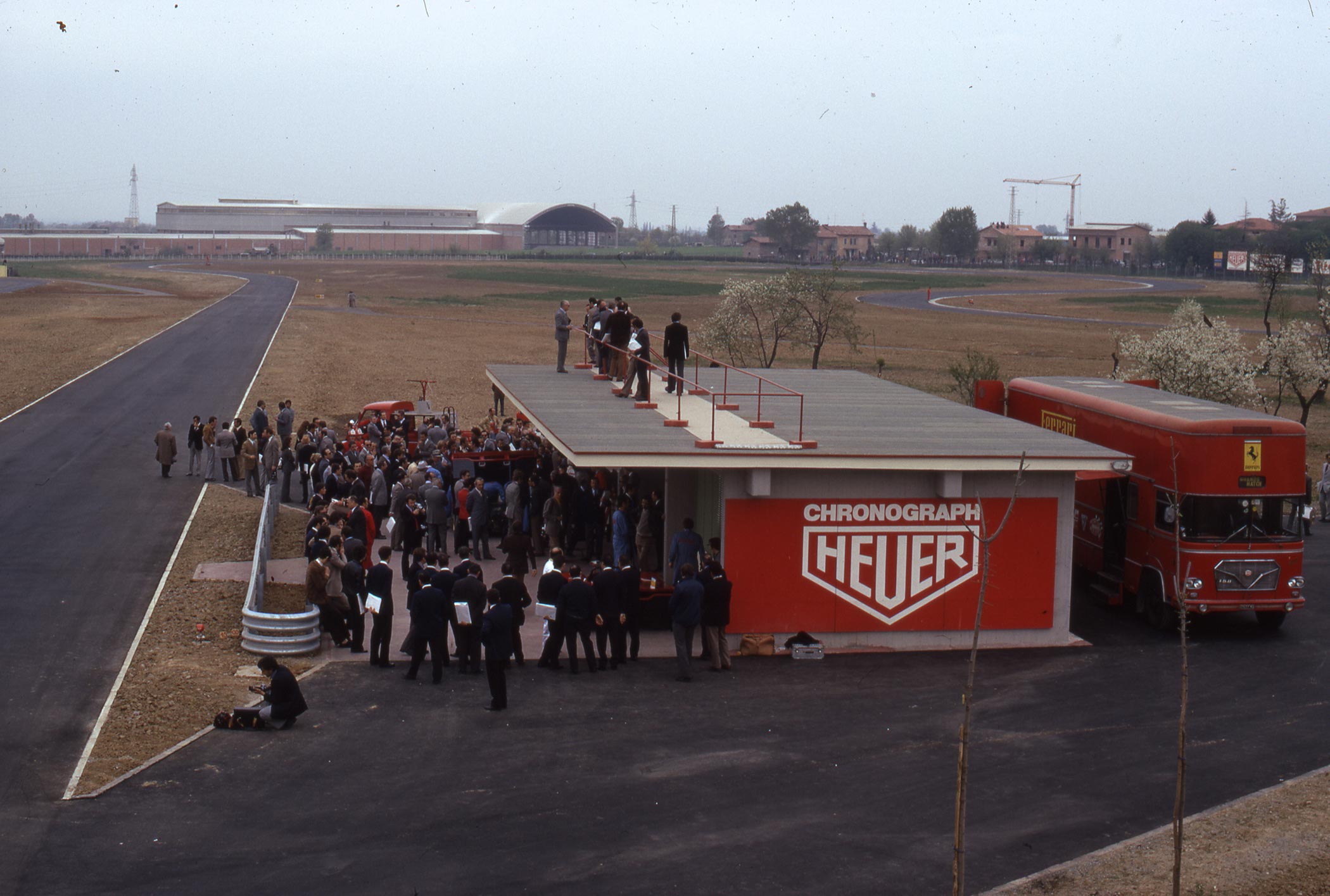
Saturday means another kind of mechanics here, at MONOCHROME. As every week, we share with you our second passion: cars (like real cars, those that smell and make some noise). For this week’s Petrolhead Corner installment we visited Red Bull Racing in Milton Keynes to have a chat about the bond between TAG Heuer and Red Bull. The relation between TAG and motorsports isn’t anything new; it was initiated long time ago by Mr. Jack Heuer himsel. In Milton Keynes we found out why relative newbie, Red Bull Racing, was the right partner to build the strongest collaboration on the grid.
It’s not necessarily the story marketing departments would like to hear, but it’s fascinating to see just how spontaneously Jack Heuer’s involvement in car racing got started – and how naturally it has evolved. In his autobiography, TAG Heuer honorary chairman Jack Heuer describes going to the Monte Carlo rally in 1958. “At the finish line,” he writes, “we studied every car arriving to see what timing equipment they were using. We were pleasantly surprised to discover that more than 60% of the cars we examined were fitted with Heuer dashboard stopwatches.
This confirmed my hunch that this would be a very good market segment for us to focus on in the future.” Later, he describes how rally racing made him frustrated with the readability of the Autavia, thereby prompting the development of the Carrera. This watch was the first wristwatch that Heuer consciously developed for autosports. Spurred by the success of his creations, Heuer later came up with the Monaco, a watch that was so modern that it was considered a bit obtrusive at the time but became a motorsports’ icon just the same.
The Partnership with Ferrari
All of this led to much more involvement in racing, and eventually to the unexpected partnership with Ferrari. In 1970, Heuer was toying with the idea of entering Formula One – quite a new idea at the time, but not entirely. Through the grapevine, Heuer heard that Swiss driver Clay “crash” Regazzoni, who was at that point under contract at Ferrari, had had lunch with Longines executives in Saint-Imier. Heuer also heard that Enzo Ferrari did not trust the French timing crew at Le Mans and was looking for a way to obtain his own equipment.
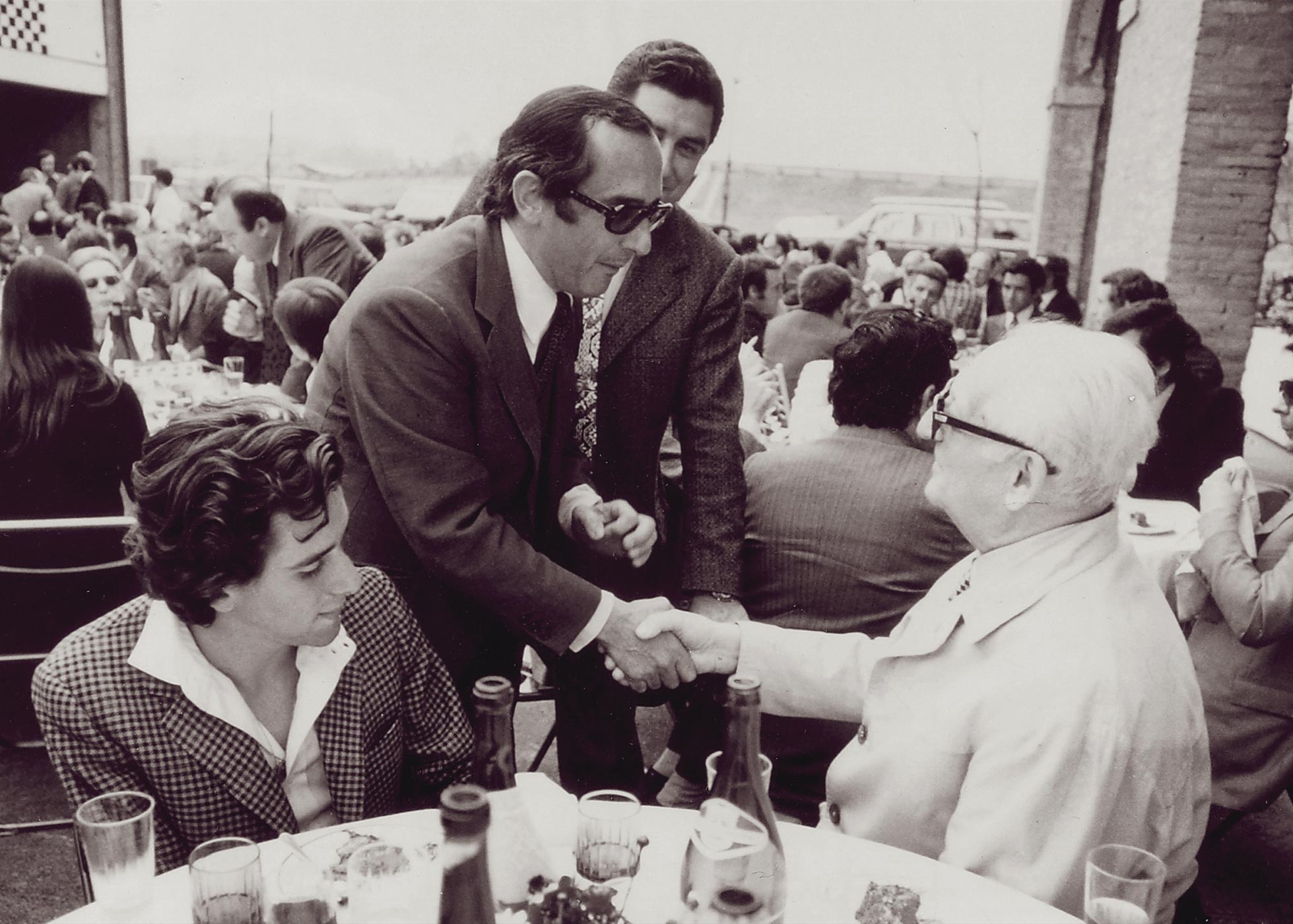
Jack Heuer saw the possibilities and offered his own electronics engineer to Ferrari, a man who also happened to speak excellent Italian. One thing led to another but not to a collaboration: Enzo Ferrari refused to pay a fee for the timing equipment and wanted everything free of charge. Heuer himself drove to Maranello to meet Il Commendatore and eventually a deal was struck: the logo of the watch company was placed on a prominent position on the Ferrari Formula 1 cars. After some extra bargaining by the Italian (“racing drivers are expensive nowadays…”), Heuer also agreed to sponsor both Ferrari drivers.
How a natural strategy was born
What I really like about all these stories is how casually and spontaneously everything happens. Although the Heuer biography is part hagiography, the matter-of-fact writing style of the author really shows that some of the best ideas just drop out of the sky, and you’ll just have to be open to these opportunities.
Heuer had been providing time measuring instruments to autosports for decades before, but somehow the brand was not aware of this or the potential it harboured. Apparently, it was never a conscious decision. There was no marketing strategy, no million-figure sums, no big meeting decision-making – there was just a very natural combination of interests, values and technology. Heuer instruments had always been used by racing drivers, and from that moment on, the company had a boss who personally followed this love for the sport. A boss who made the watch he himself wanted to use behind the wheel.
Enter Red Bull Racing
I don’t pretend to know it all, and I definitely can’t look inside the head of Jean-Claude Biver. But after having visited Red Bull Racing, I do understand why the former TAG Heuer boss took the delicate decision to switch from McLaren to Red Bull Racing after a collaboration that went back decades. The shared values (such as a vision for innovative, unexpected things) were just stronger with the most disruptive force that Formula One had seen in decades – that of Red Bull Racing. When it started in Formula 1, Red Bull was just a drinks company. Now, it has an accomplished top team and has earned the respect of seasoned fans in a completely unorthodox way.
The most striking thing about the factory of Red Bull Racing is how dull the building and its surroundings really are. The town in which it’s located, Milton Keynes, is known for nothing in particular except for its profusion of roundabouts. Agriculture dominates the landscape, with brown and white Herefordshire cows dotted over the green hills. Only a person in the know could tell you that this, in fact, is the high-tech world capital of racing, with almost all the Formula 1 teams based in the same region. The only recognizable reminder of the importance of this region is the nearby circuit of Silverstone, home of the British F1 Grand Prix.
The race was first hosted there in 1948 and the track has been permanently on the calendar since 1987. But you wouldn’t notice any of this when driving up to the industrial park where the factory is located. Stripped of its Red Bull signs (and the parked Formula 1 car on display), the building could just as well have been occupied by a company distributing copier machines. Even the interior is nothing as laboratory-like as you would expect. A worn-out carpet, an open reception desk and rows and rows of computers in a big office space sit under white lights. Your average mail-order company doesn’t look much different.
The only reminder you’re actually in the Red Bull facilities is that there are small fridges full of Red Bull cans dotted around the office space. And of course the brain force at work there is a little different from any other company. When I visited the factory in Milton Keynes, I had the chance to glimpse behind the door where the words ‘Chief Technical Officer’ were written. Adrian – The Legend – Newey himself was at work at that moment, and that was quite a cool thing to witness. Newey’s career is as illustrious as it is long, and with ten constructor’s championships under his belt, he’s by far the most successful technical boss in F1 at the moment. On his desk, he has a lava lamp and behind his back, there’s a huge space full of computers. A quick count revealed that there were about 15 rows of 15 desks in the room.
One floor down it becomes clear that this is definitely not a normal office. A large open space with big working benches, young men in team uniforms, soldering irons and big rolls with cables show that racing stuff is actually being made here. And not just ordinary racing stuff – this is special in every way. Electronics are responsible for driving a F1 car – without electronics, they wouldn’t budge an inch.
In the next room: paint jobs with top-secret recipes. Next to that: 3D-printing for prototypes. Around the corner: a wind tunnel for models and calculations. Then, behind a roller door, the really big machinery is revealed. Red Bull Racing makes practically all its components in-house; only the gearbox, engine and brakes are not made in Milton Keynes. In this machine shop alone, more than fifty different metallic materials are used. The factory is in constant use, 24 hours per day producing about 10,000 parts per car, per year.
High-tech racing
But the most bizarre and interesting part of the factory tour isn’t about gears, grease or oil. Somewhere stuck in the back of the building there is a huge, Houston space-control-like room. On one wall there is a huge screen with different video footage from Formula 1 races. The room itself is filled with rows and rows of computer screens. At the time of my visit, this AT&T Operations Room was empty, but during race weekends around 50 people work here around the clock to analyze all the data that comes in real-time from the cars, the competition, the pit wall and the media coverage.
Information is everything in Formula 1. Timing is everything in Formula 1. And this is obviously where TAG Heuer steps in. The company that pioneered the very first forms of electronic timing in the sport is still very actively involved in Formula 1.
The time when Swiss engineers came to England
During my visit, I overheard an interesting anecdote regarding the collaboration between TAG Heuer and Red Bull Racing. A few years back, some engineers from the Swiss watch company were invited to the factory to see how they could collaborate or be inspired on a daily basis. At one point, they encountered the room where the pit crew was practising the-fastest-in-the-world pit stops. One TAG Heuer employee logically asked: “How do you measure the time for pit stops?” The answer: “With a stopwatch”. This idea travelled back to Switzerland, and within a short time, the mechanics in Milton Keynes received a new timing set. The following year, Red Bull Racing would improve the fastest pitstop time ever recorded during two races in a row – giving Max Verstappen the opportunity to overtake his competitor in the pit lane. Formula 1 is a sport that’s measured in the smallest margins on every level – and time is definitely the most important of them.
Obviously, time measurement nowadays has nothing to do with the analogue days Jack Heuer describes in his memoirs. But apart from that, and a lot of marketing talk, there still is common ground between Formula 1 racing and watchmaking. It’s about prestige, it’s about honour, it’s about staying ahead of the competition in your craft, it’s about constantly pushing the boundaries and perfectly balancing the combination between analogue and modern techniques. And these brands work very well together indeed. The watch collection that TAG Heuer produced in collaboration with Red Bull Racing is actually quite a cool one that really adds something to the slogan ‘avant-garde since 1860’.
Who’s wearing what
If you watch the Formula 1 races and focus on wrists, you’ll see that Red Bull drivers wear their TAG Heuers on a very regular basis, but it’s also fun to spot the different models they wear. Most notably, of course, the number one driver of the team, Max Verstappen. He’s regulary spotted with different Carreras, but his watch of choice seems to be the automatic TAG Heuer Carrera Calibre Heuer 01 Aston Martin Red Bull Racing chronograph. The watch that was sold under his name, the 1,500 limited-edition TAG Heuer Formula 1 Max Verstappen Special Edition 2018 has been a great commercial success, but to be honest, I rarely saw the Dutchman wearing it.
Most of the mechanics don’t wear mechanical watches. Nearly all team members wear the connected watch, the TAG Heuer Connected Modular 45 Special Edition Aston Martin Red Bull Racing. Team boss Christian Horner also wears this watch during the races, which helps him stay connected while sitting on the pit wall. Both TAG Heuer and Red Bull Racing reassured me that the connected functions are actually being used by the crew…
If the connection is real, the products are
For some watch companies, these sponsorships are merely cosmetic. The kind of can-I-pay-you-to-put-my-sticker-on-your-car-so-I-seem-high-tech, please? This is definitely not the case with TAG Heuer – its commitment to Formula 1 is genuine. This is most visible at the Grand Prix de Monaco, probably the only race on the calendar where TAG Heuer is better represented on and off-track than the Big Rival from Geneva. And that connection is mainly because Monaco can’t be easily bought; this collaboration goes back decades and has its roots in the partnership with the Automobile Club de Monaco.

The connection between TAG Heuer and Formula 1 was a logical and natural development after Heuer’s first visits to the Monaco rally and nowadays is stronger than ever. And with Red Bull, TAG Heuer has really found a partner with an equally adventurous attitude. Driving back from the factory to the airport with a can of Red Bull in my hand, I realized that a good partnership between two brands is defined by the shared amount of dedication. And between TAG Heuer and Red Bull Racing, that combination works incredibly well. Or, as Jack Heuer would’ve put it, “I only wanted to work with people who want to stay ahead”.

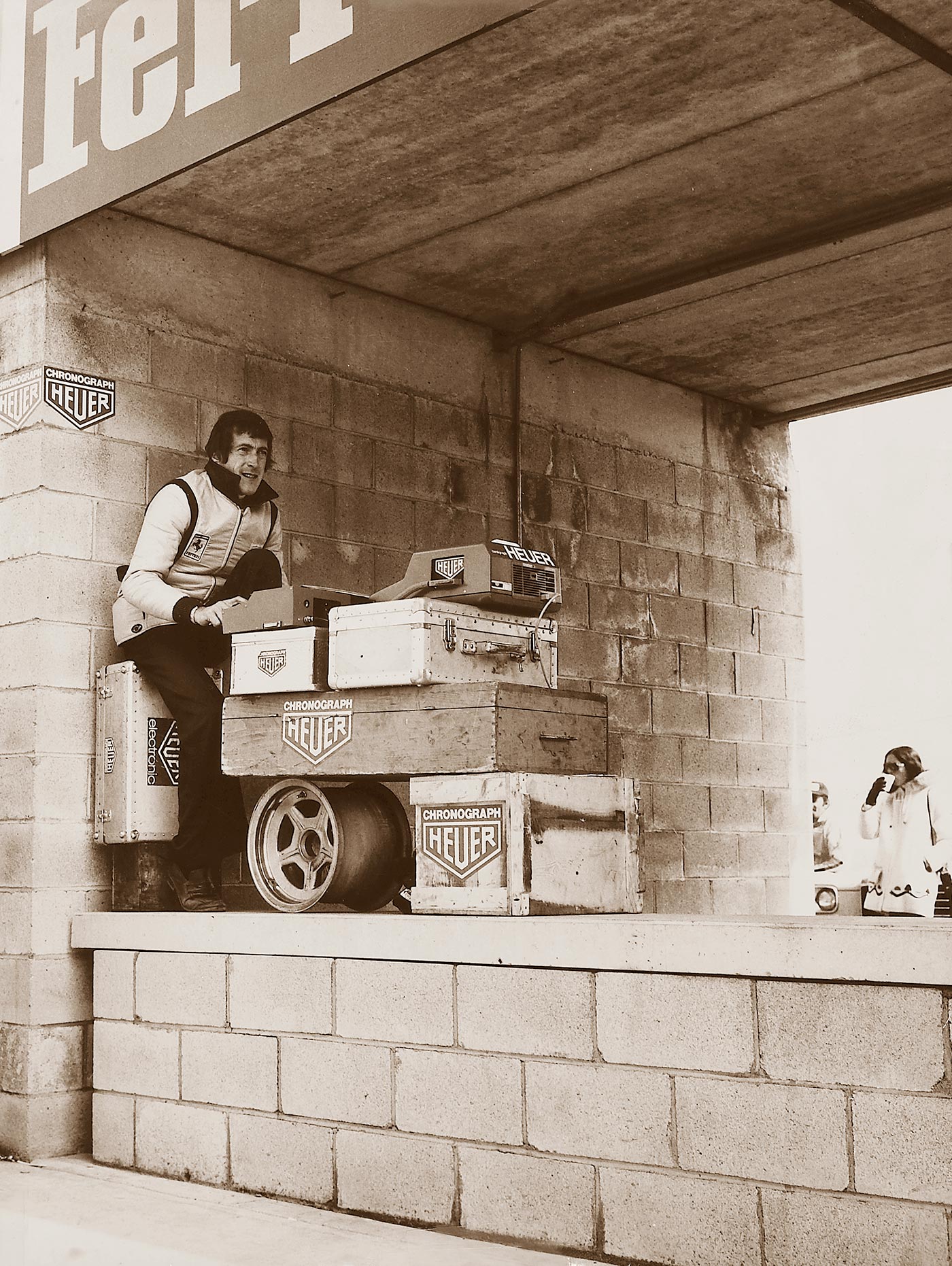
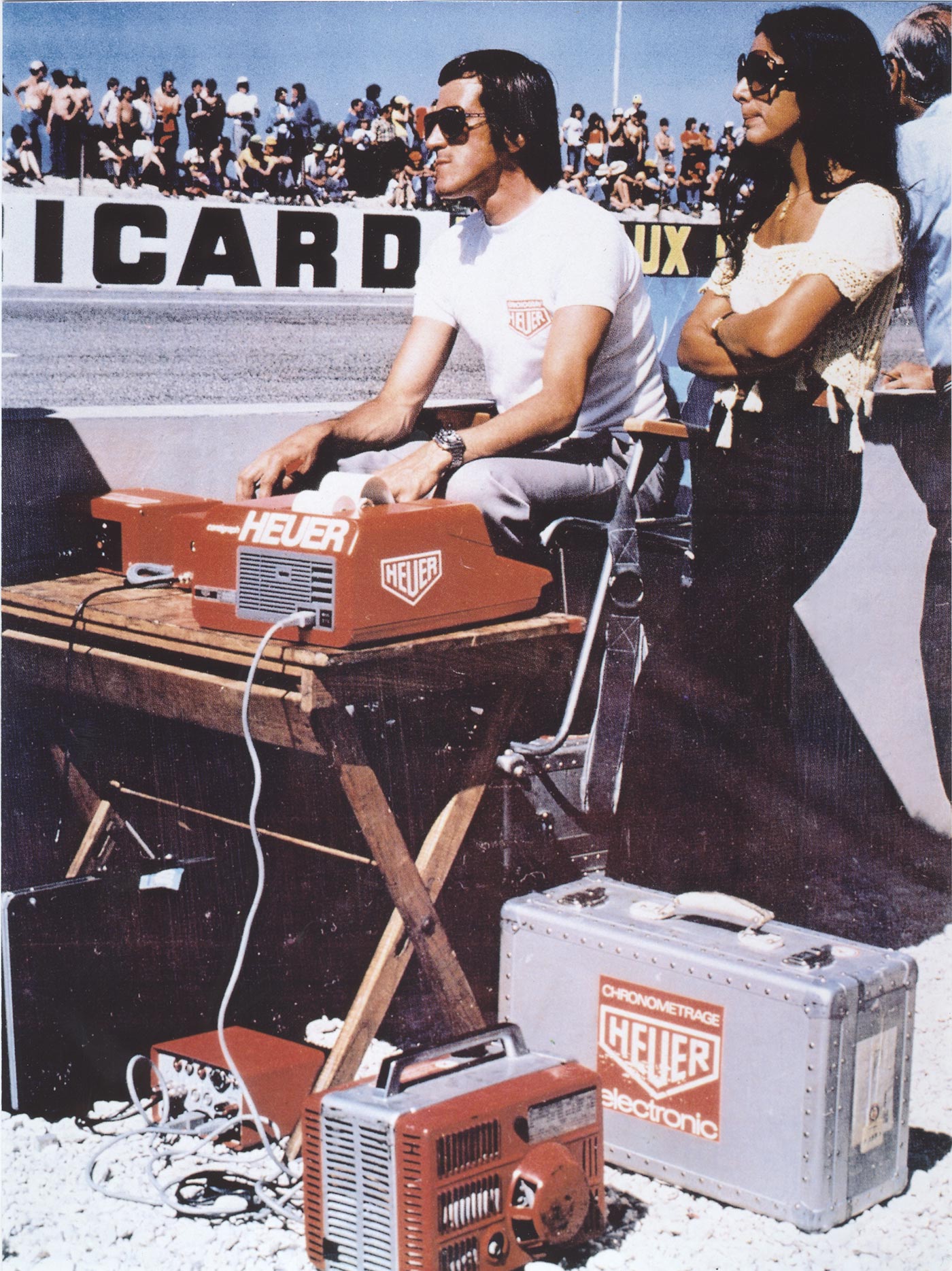
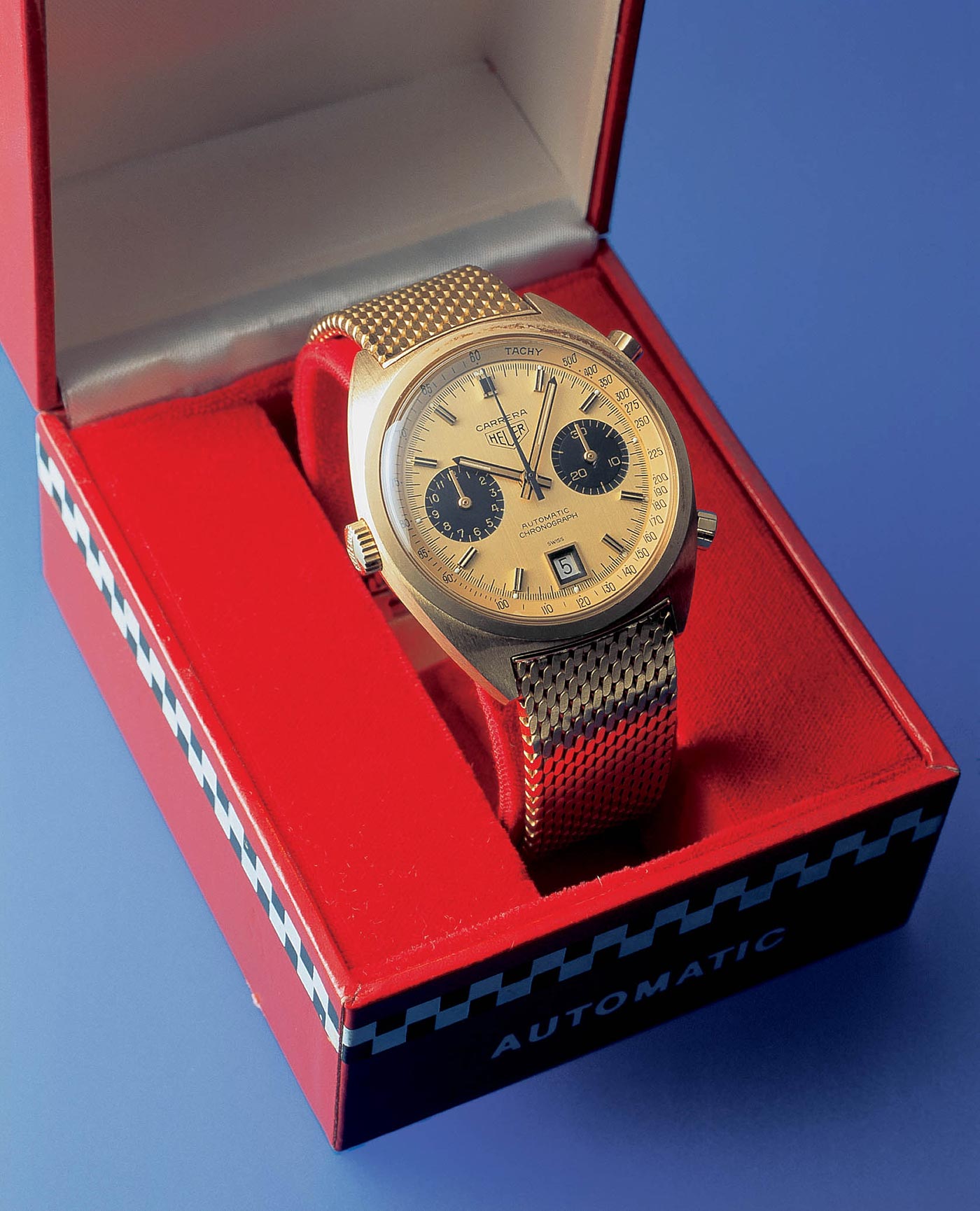
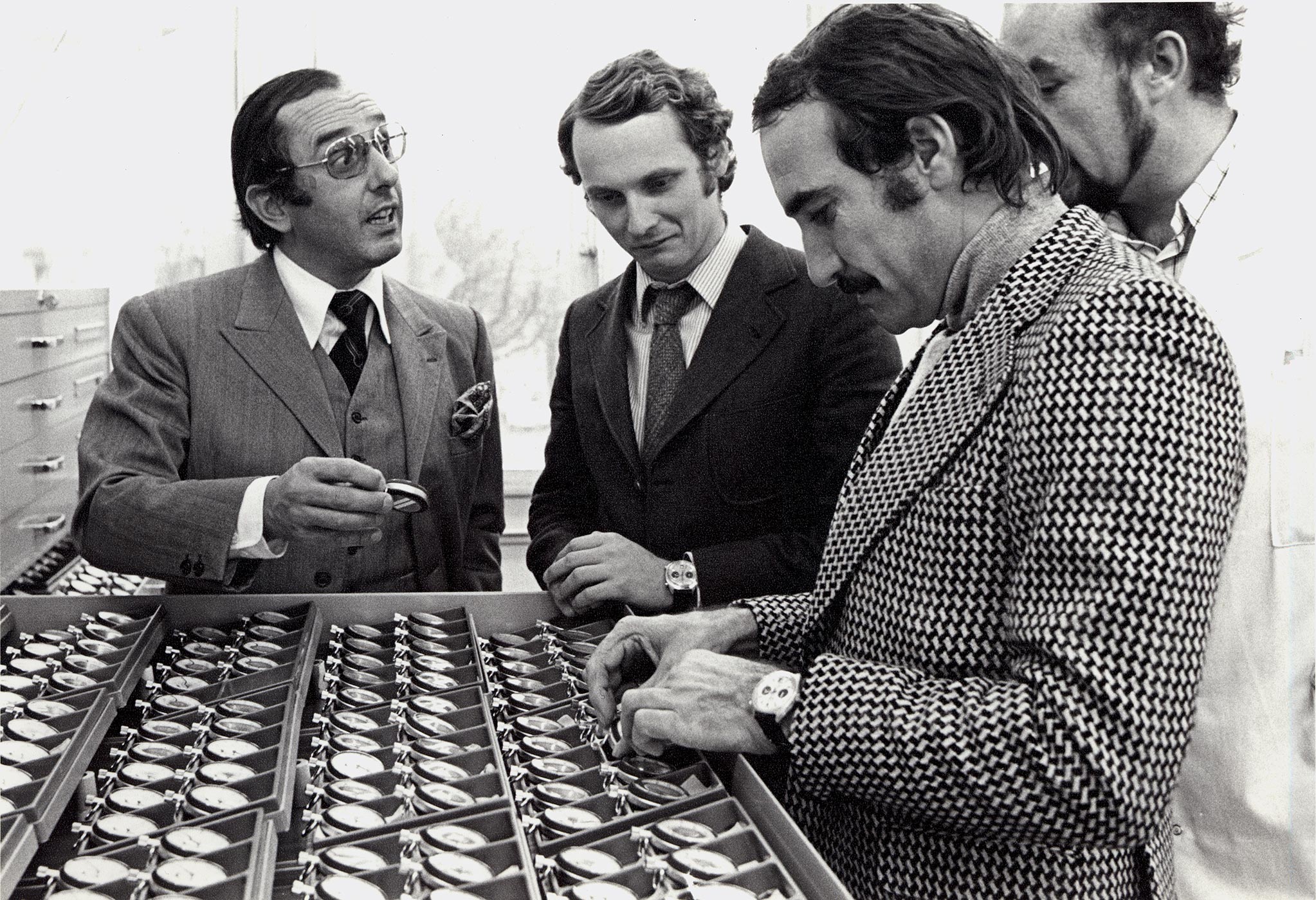

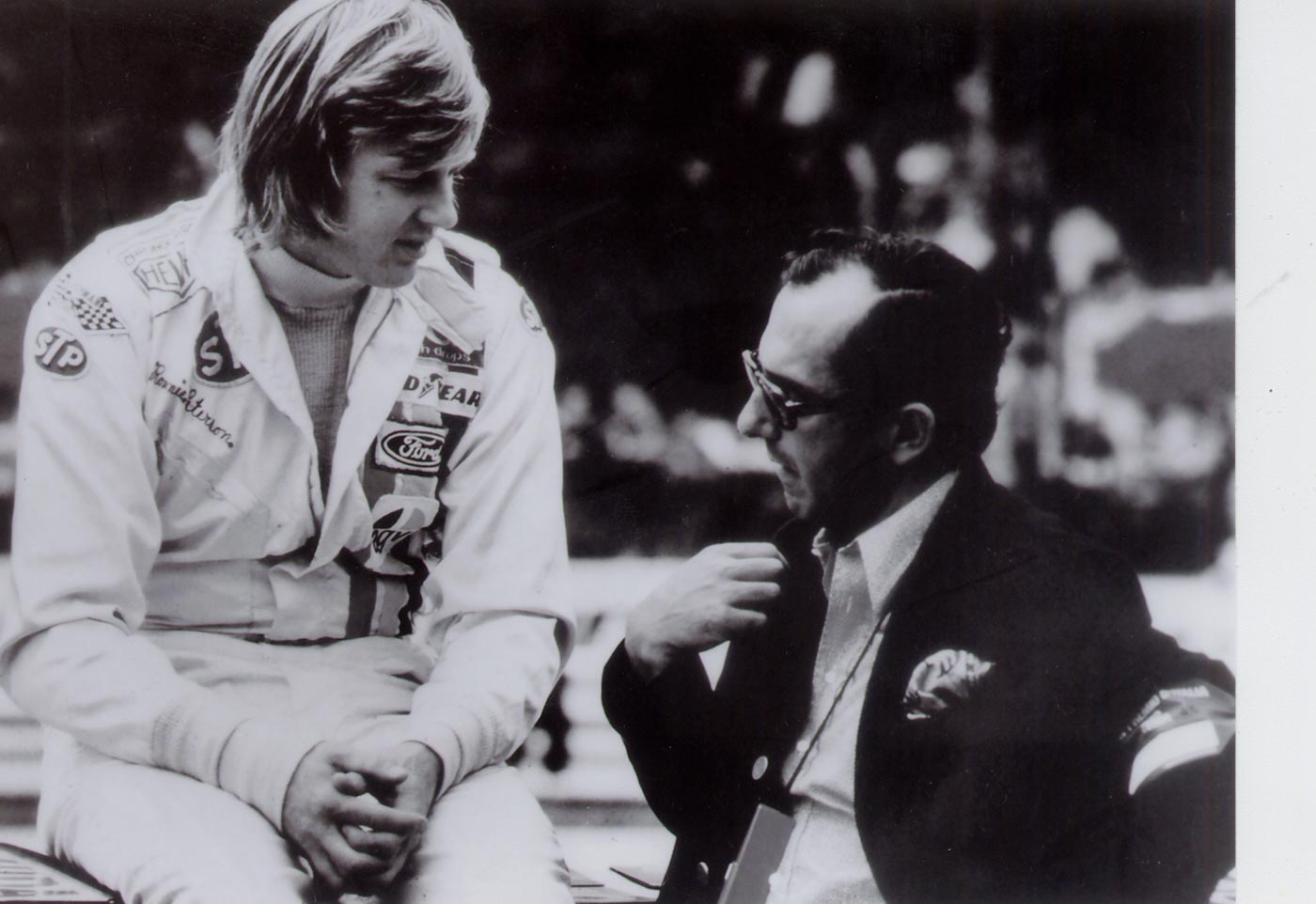

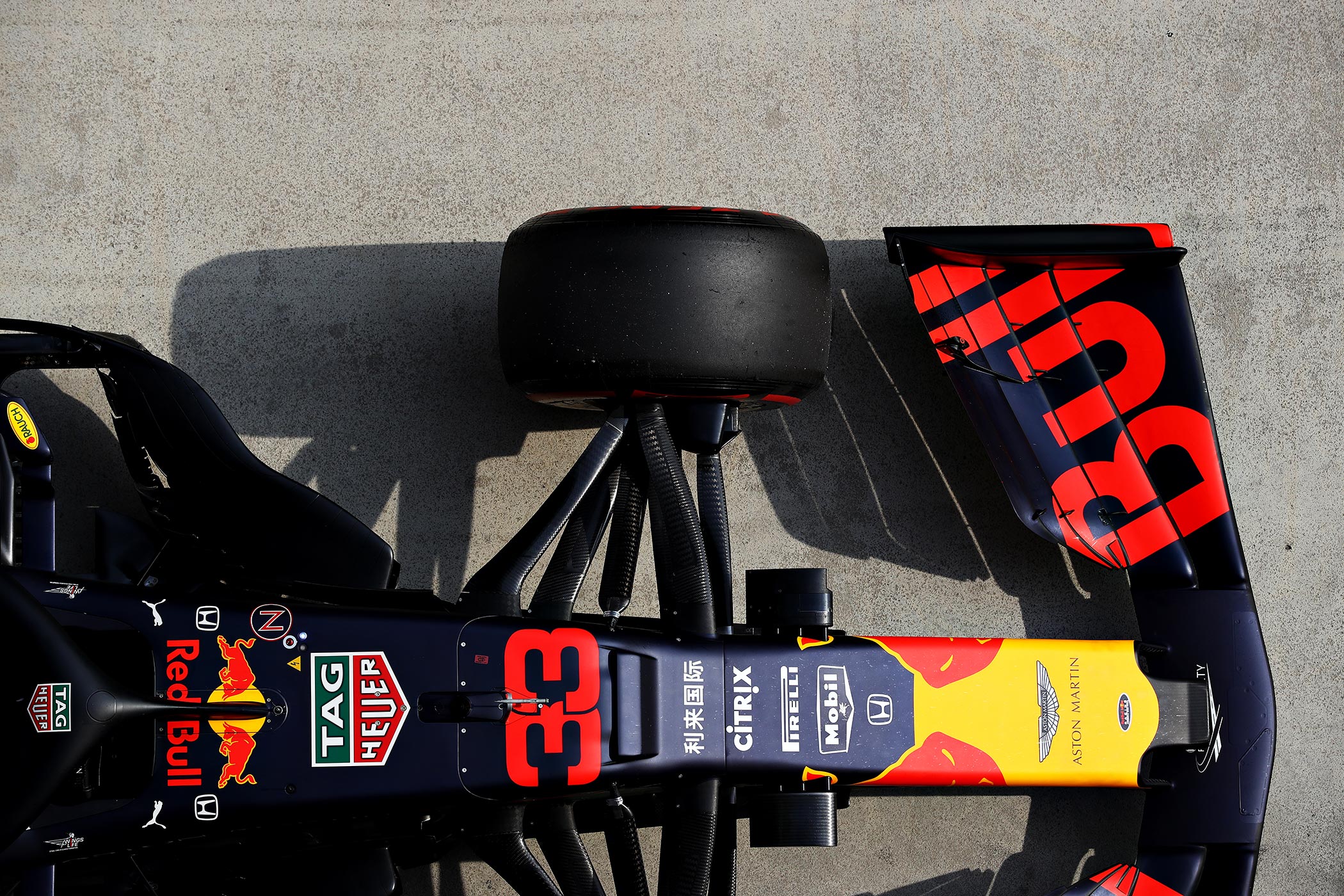
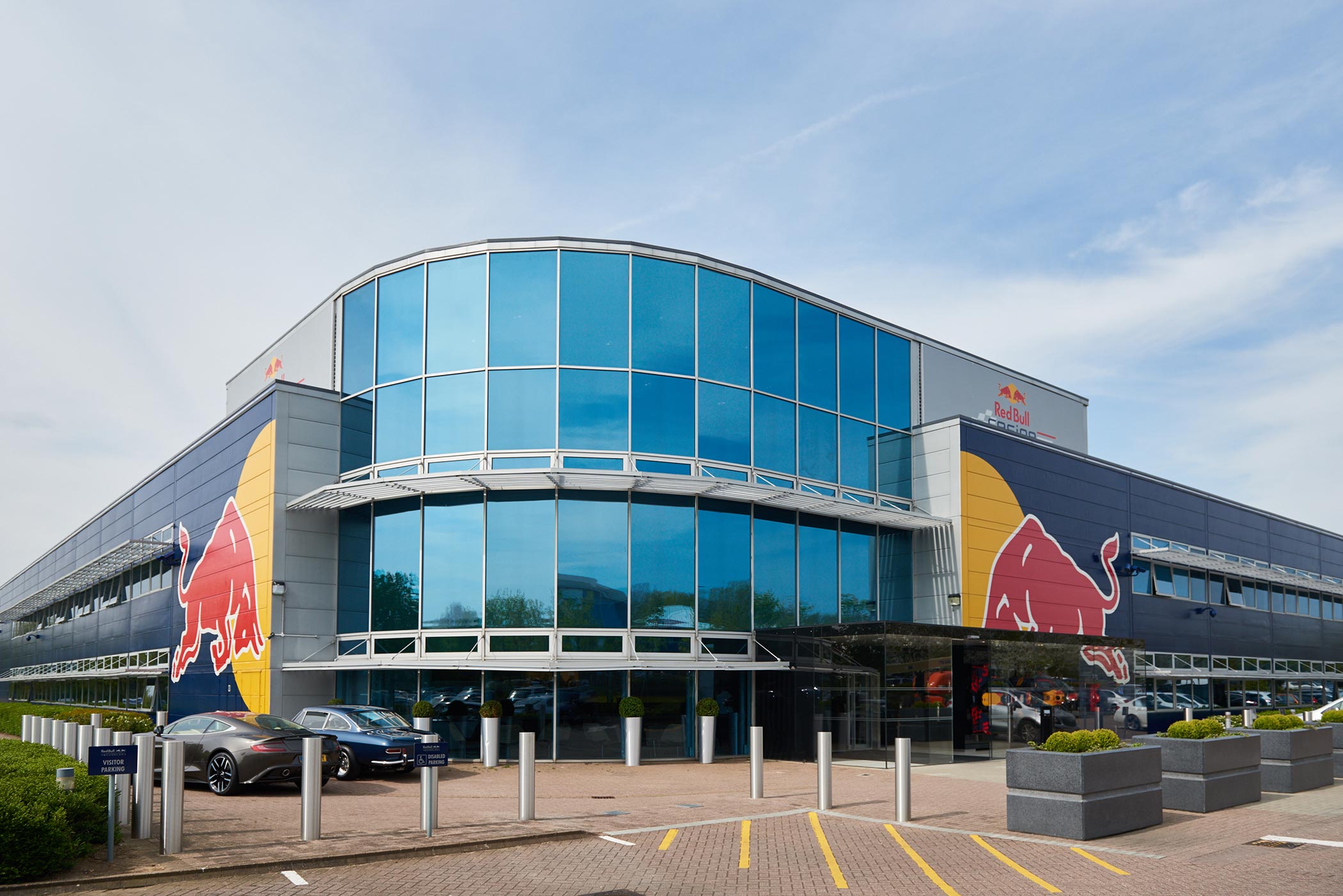
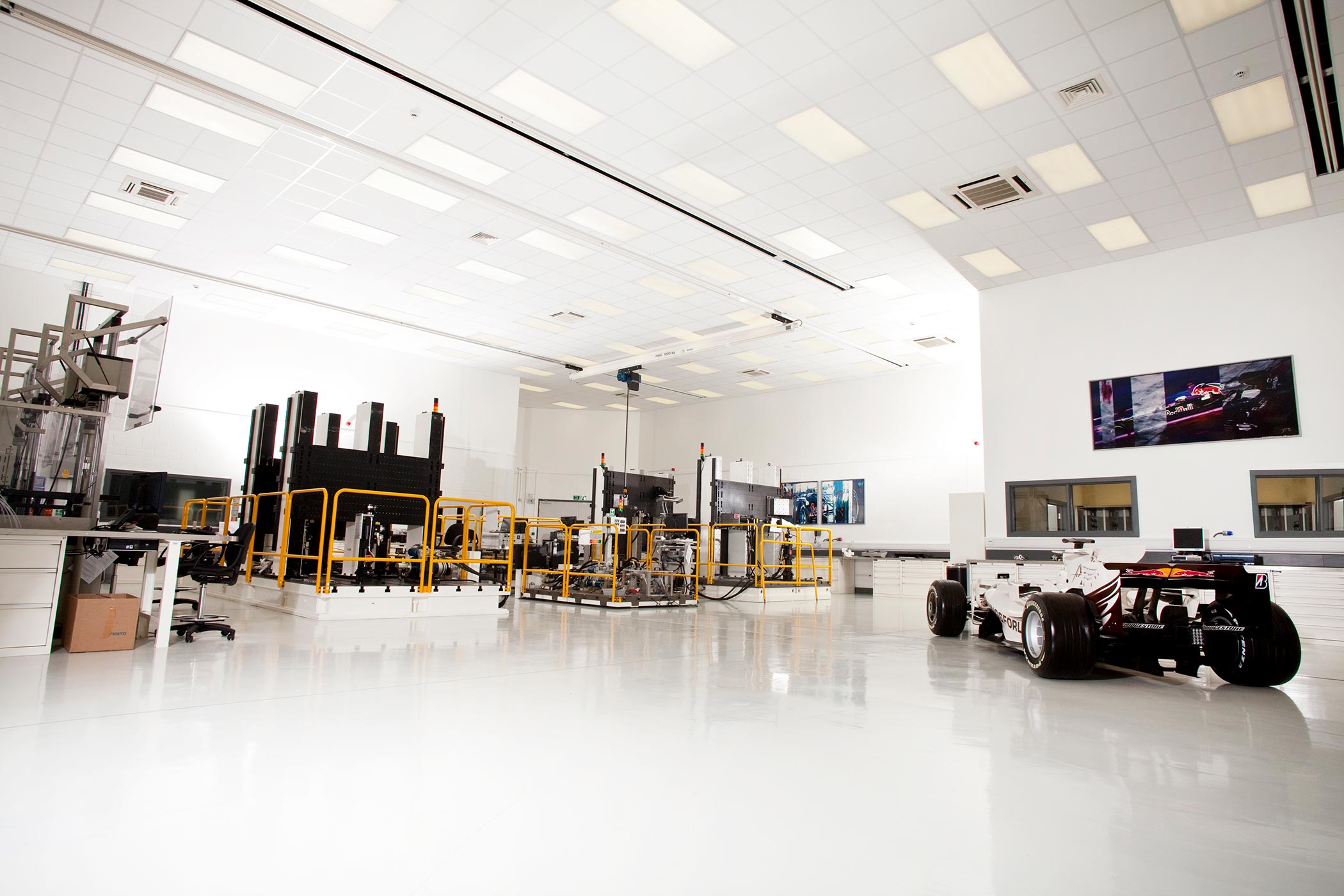
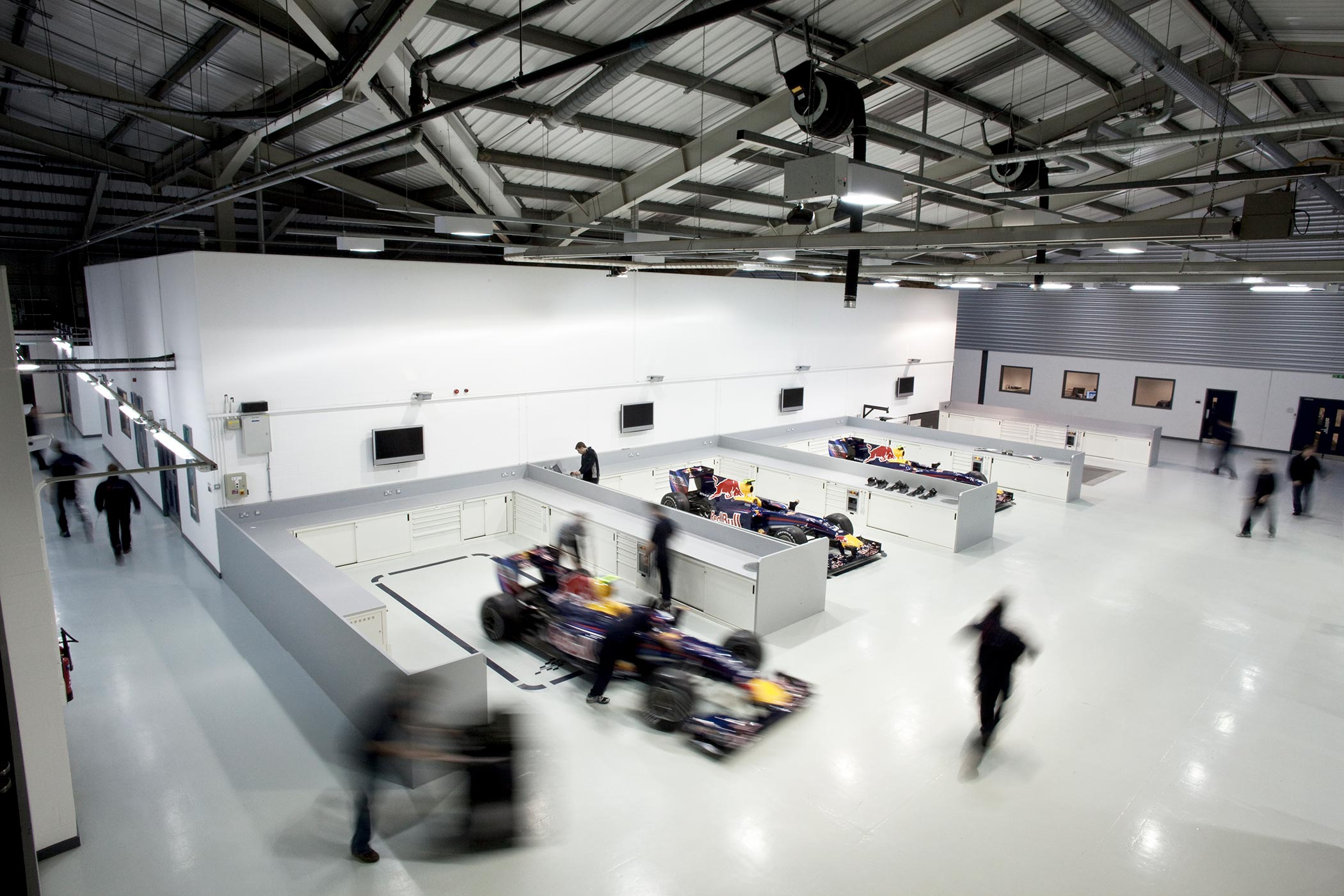
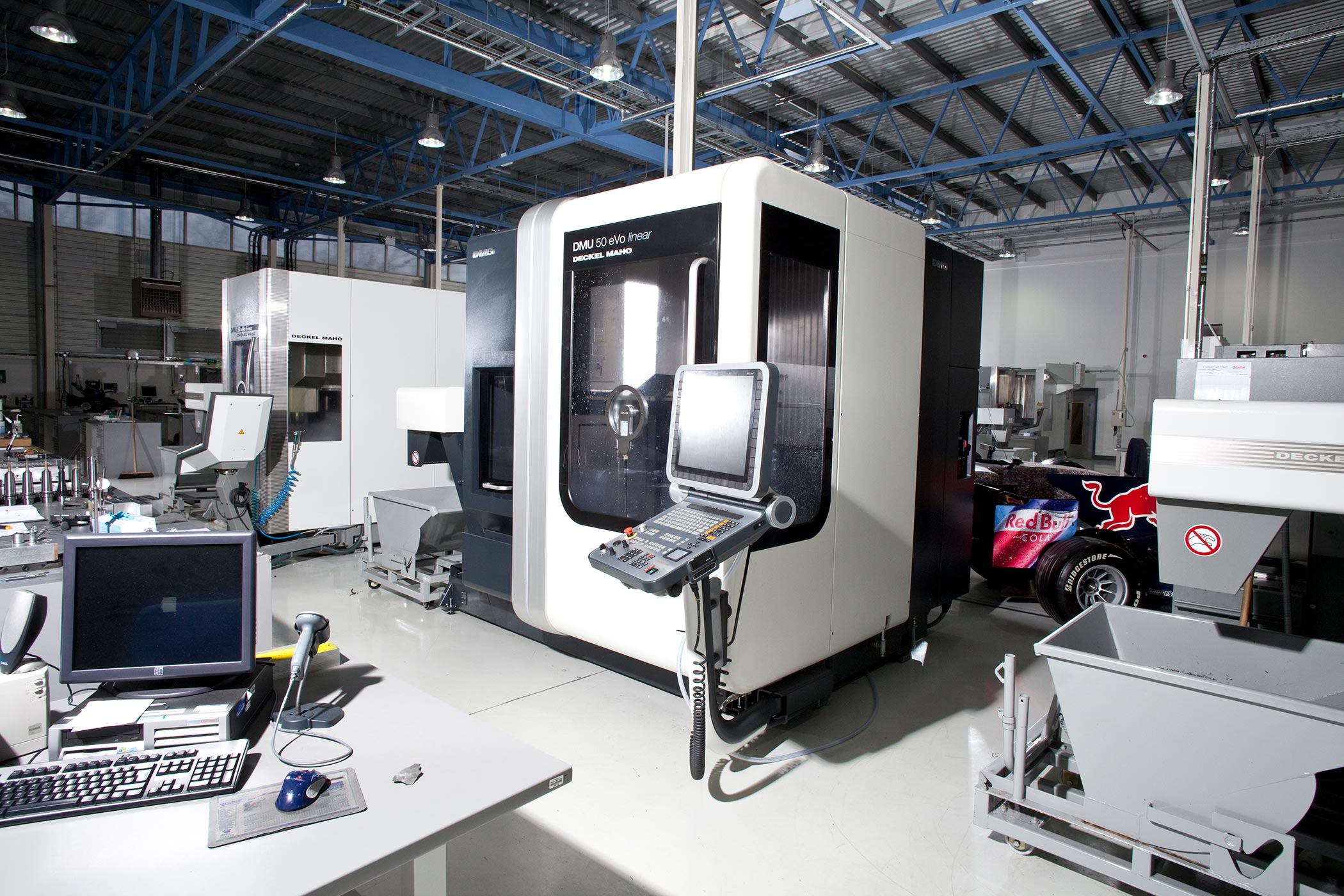
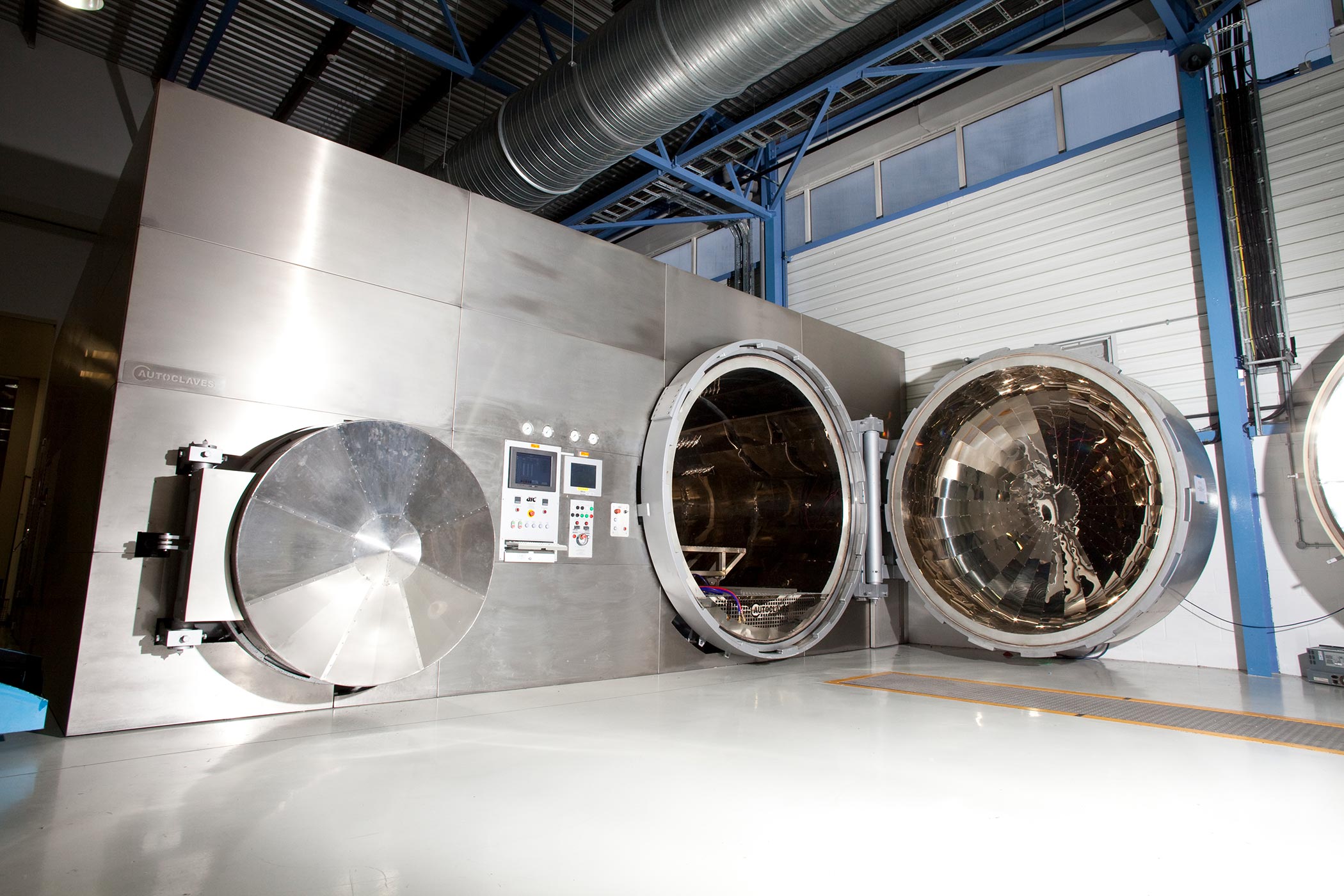
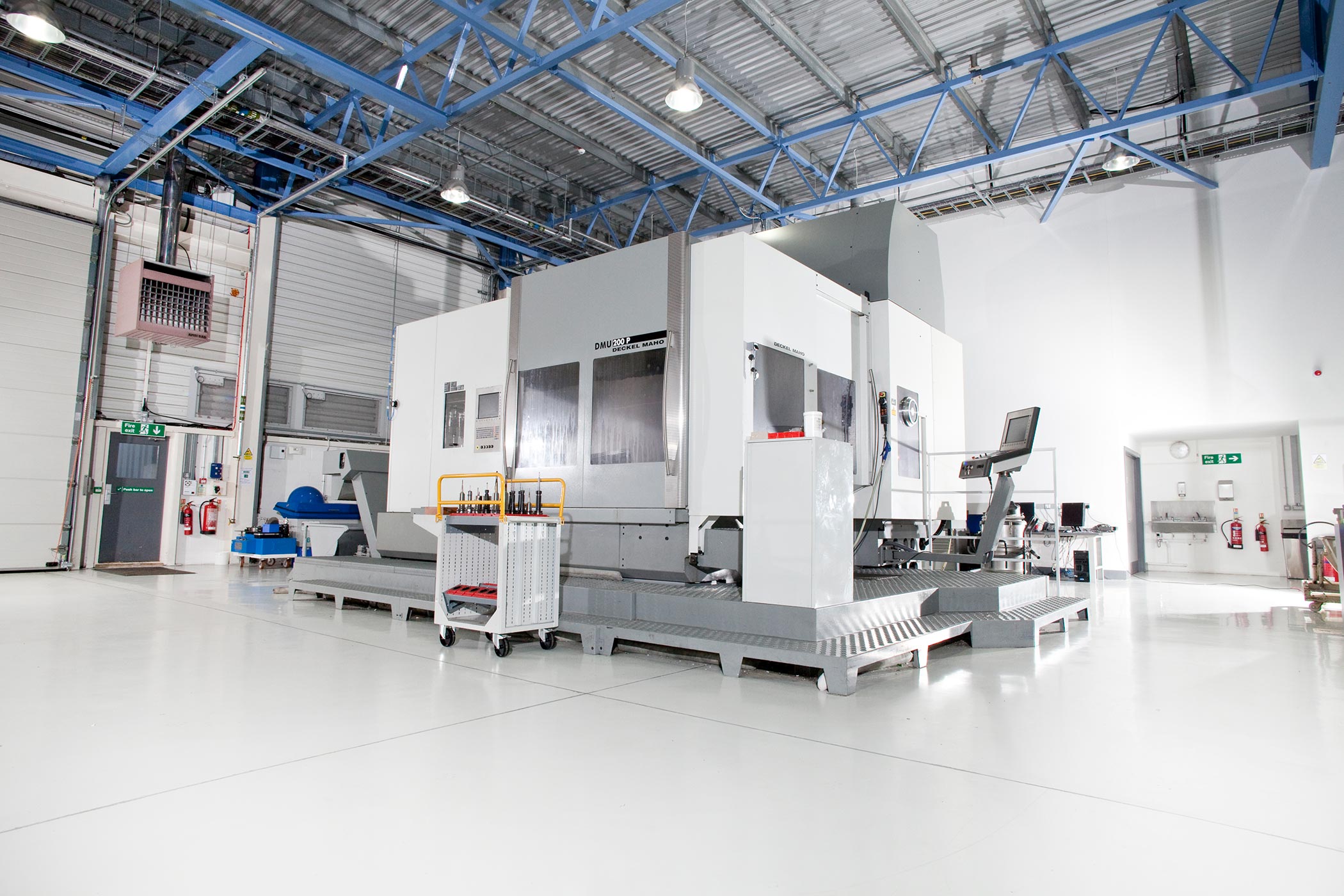
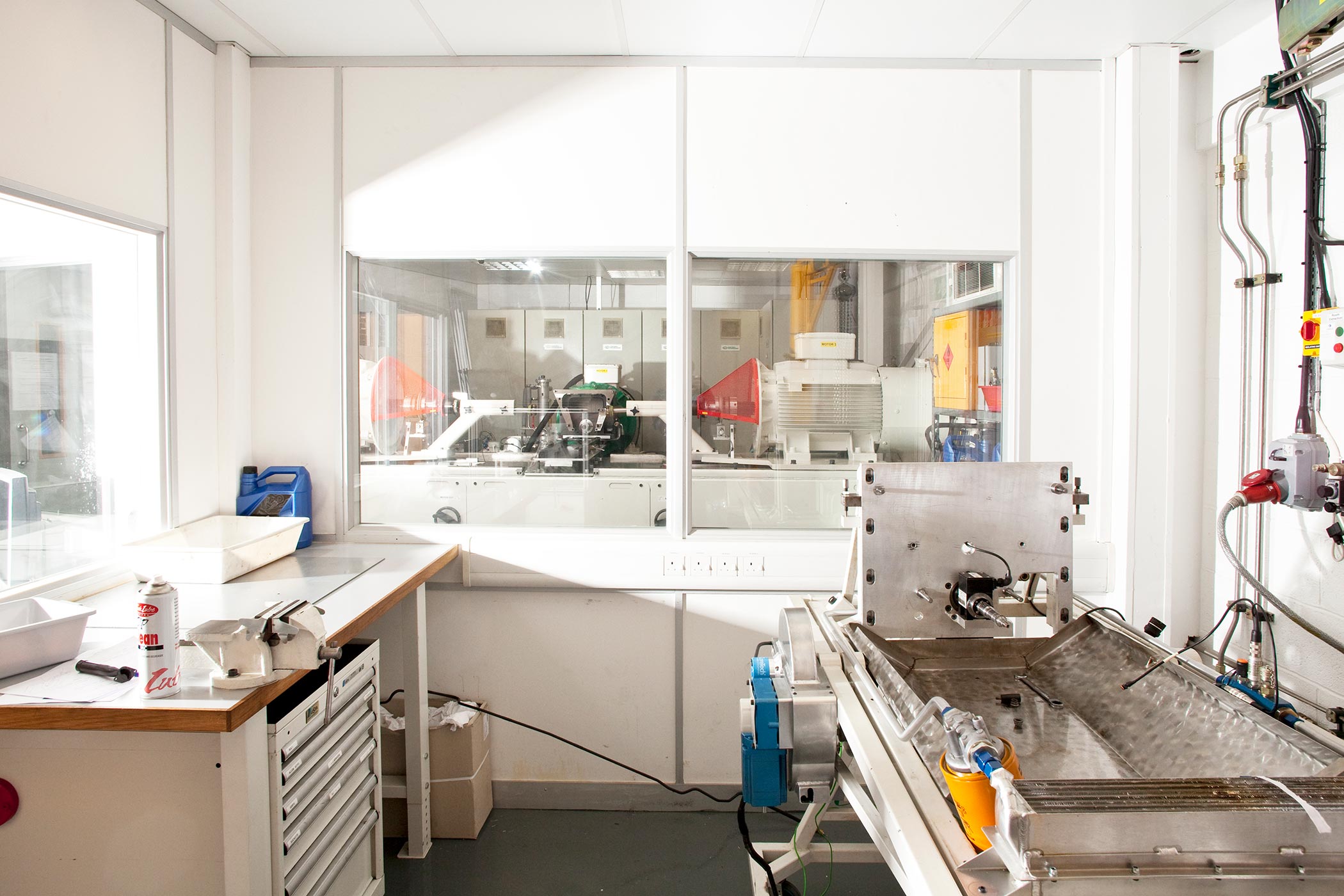
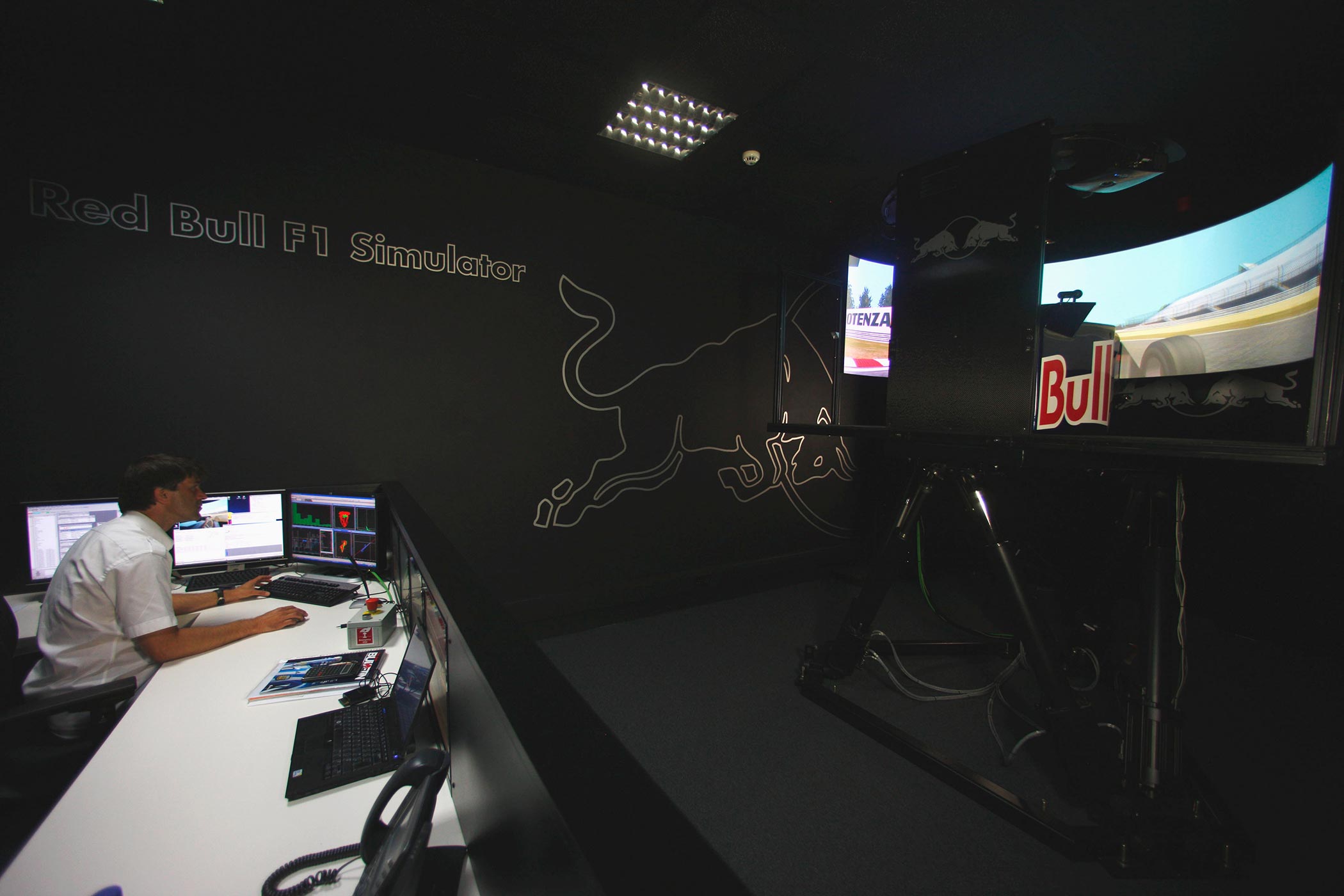

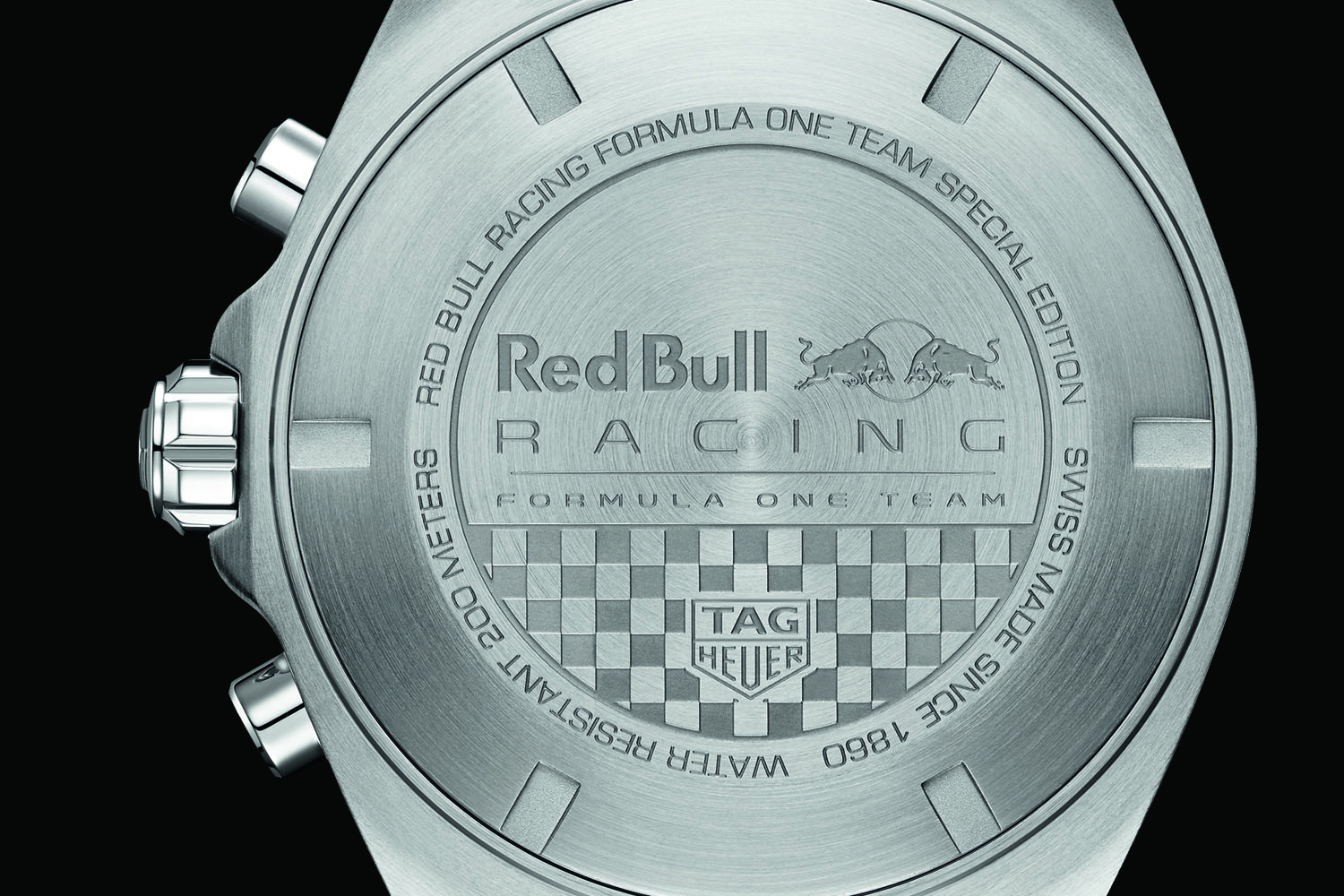
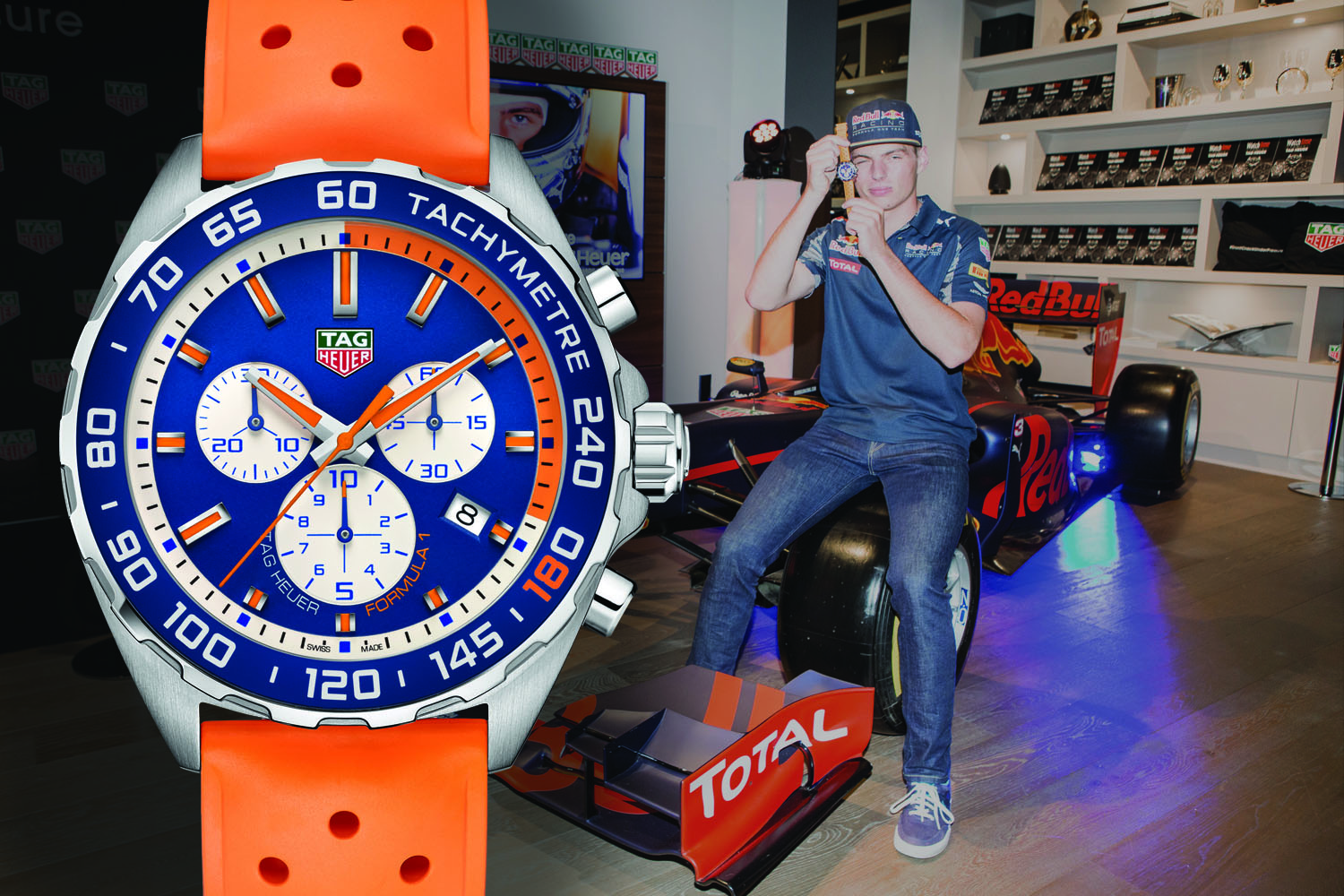
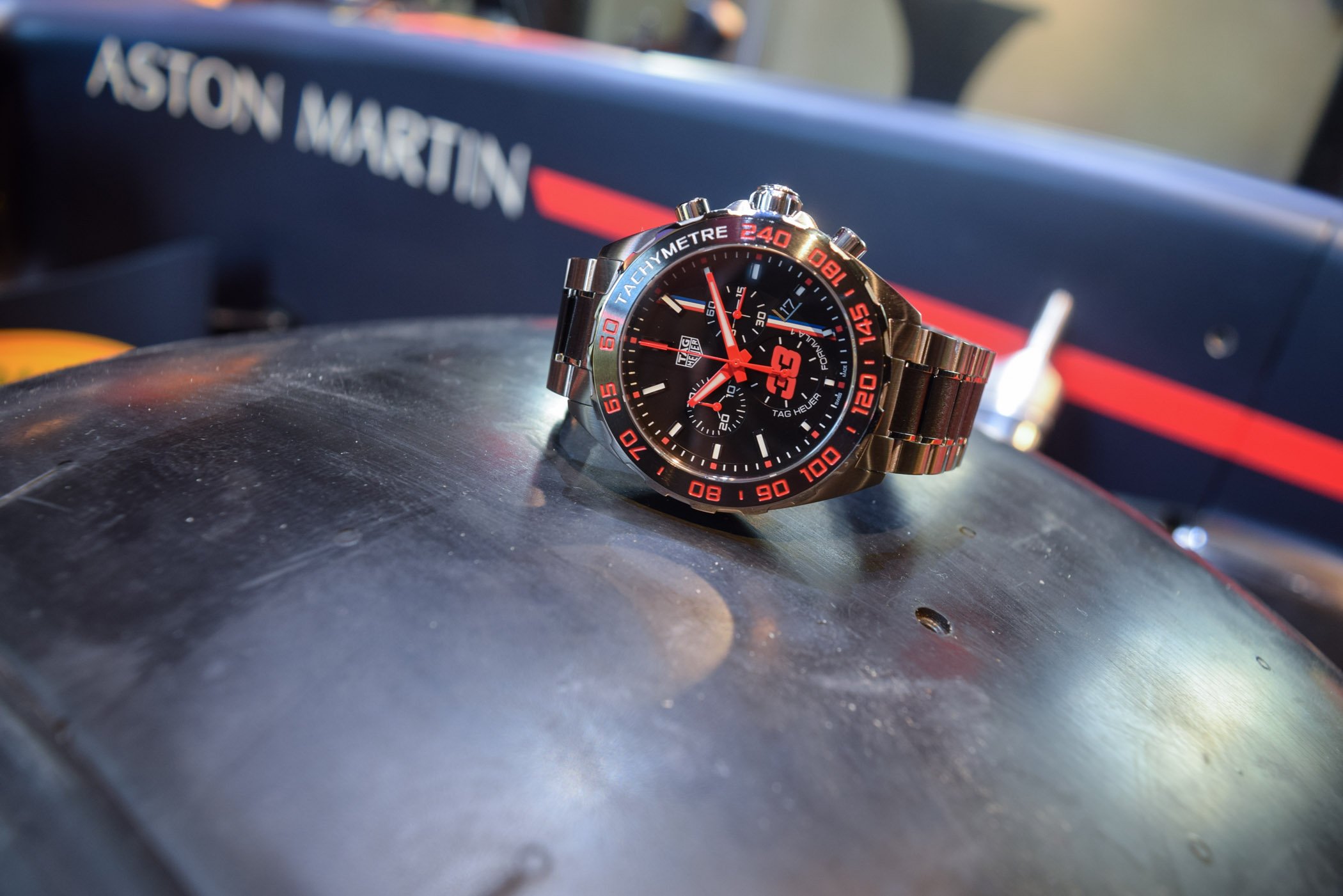
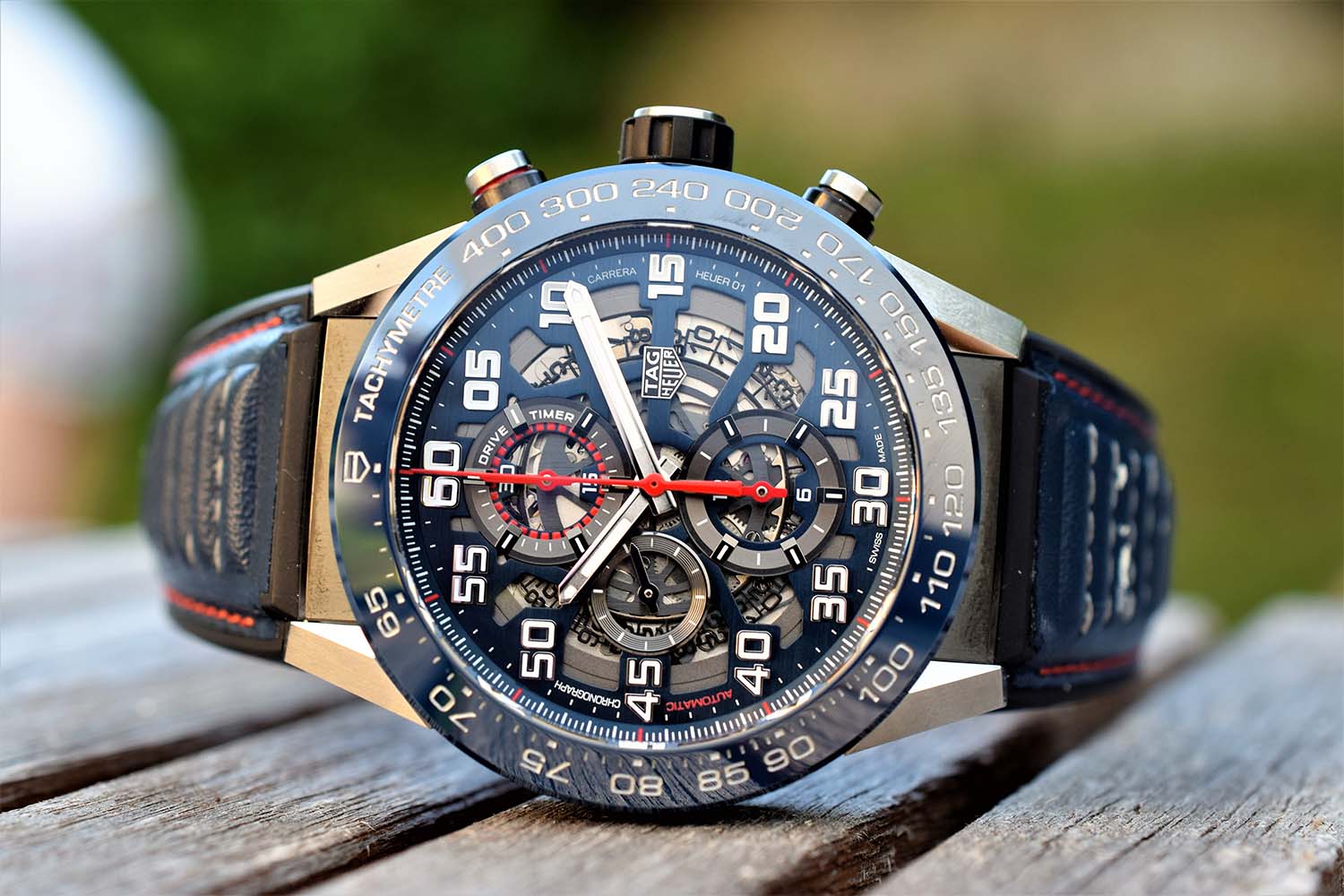
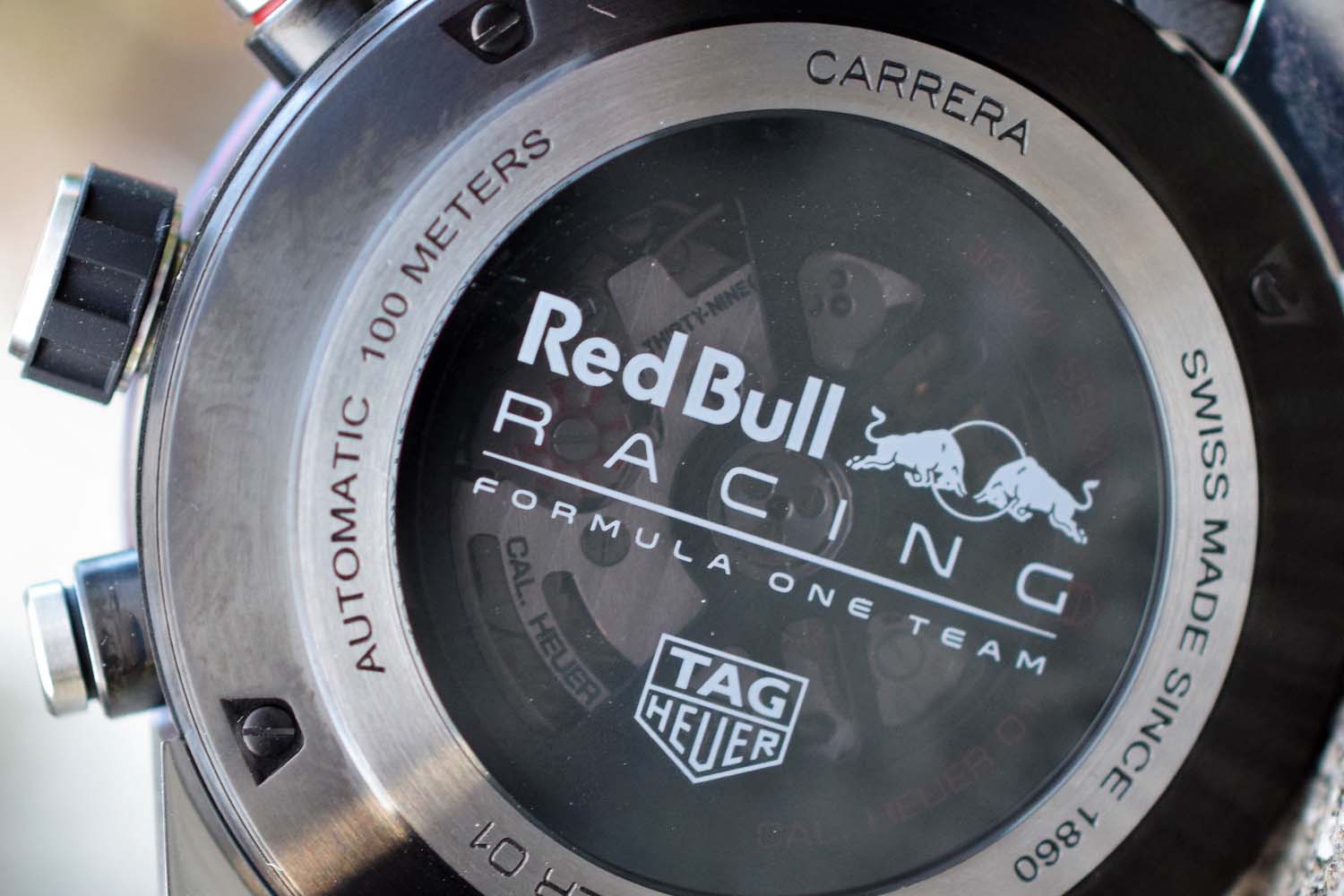
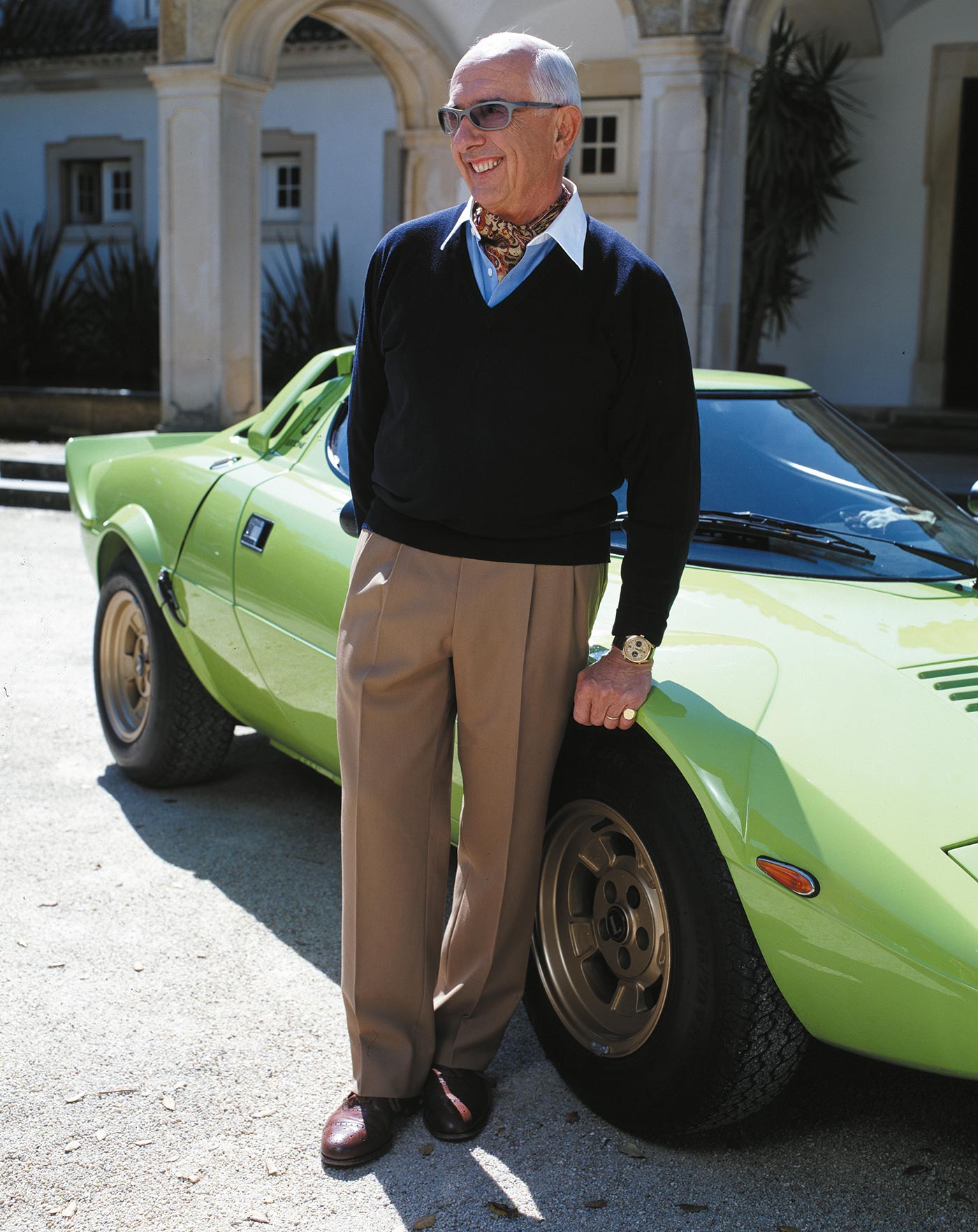
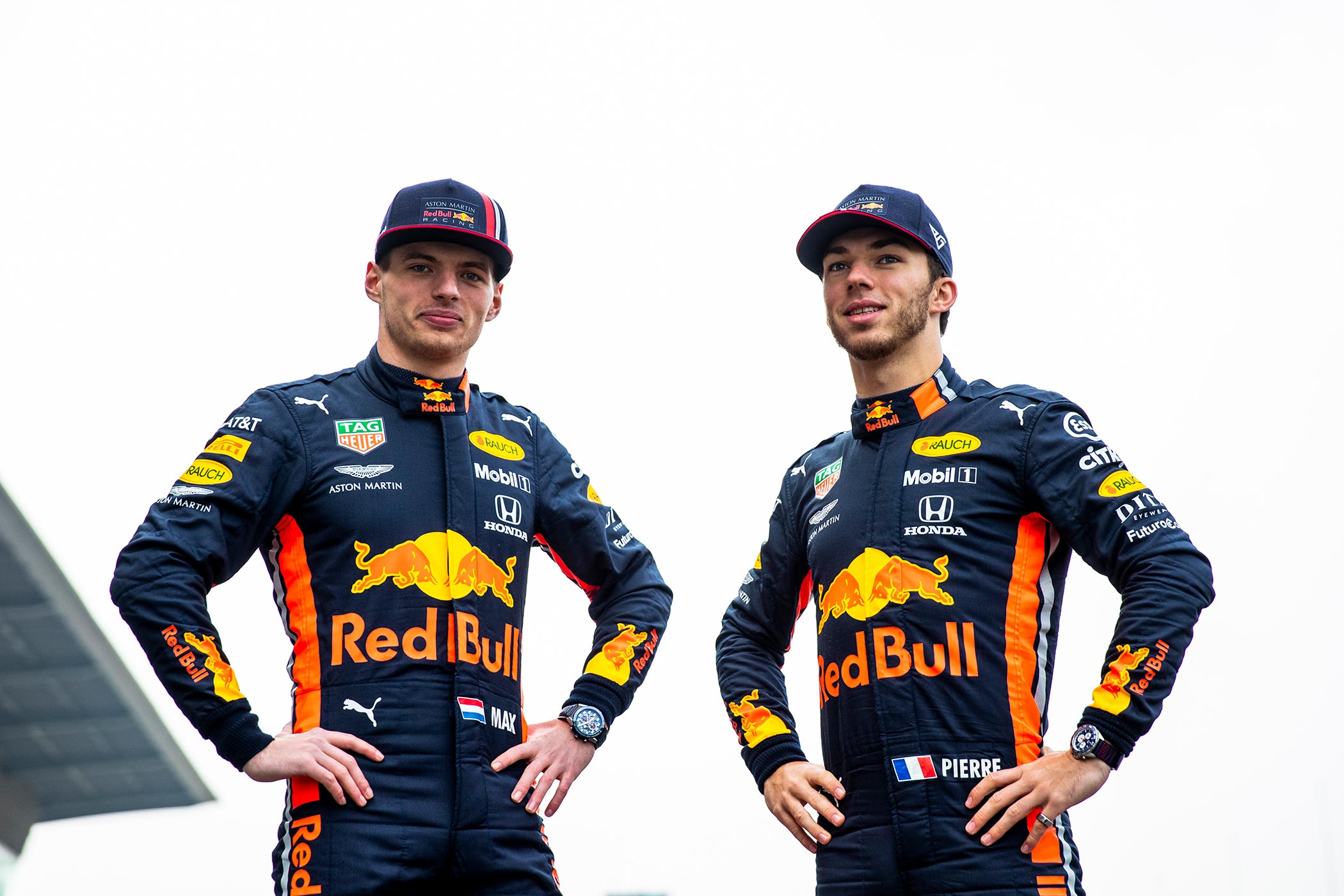



2 responses
I would love to know why, after LVMH bought the brand from the TAG group in 1999, they didn’t just revert to simply using the “Heuer” brand. In an era in which companies will revive the names of long-dead watchmakers in an attempt to fake instant horological “credibility,” the Heuer name already HAS genuine horological credibility … and yet in the TAG-Heuer logo it plays second fiddle to a multinational holding company which no longer owns it. Weird. With full respect to TAG and the Ojjeh family, it strikes me that Jack Heuer’s name would carry more weight, especially as the years pass.
Good question, Mark! I have no idea why, but next time I’m seeing someone from the brand I can ask.